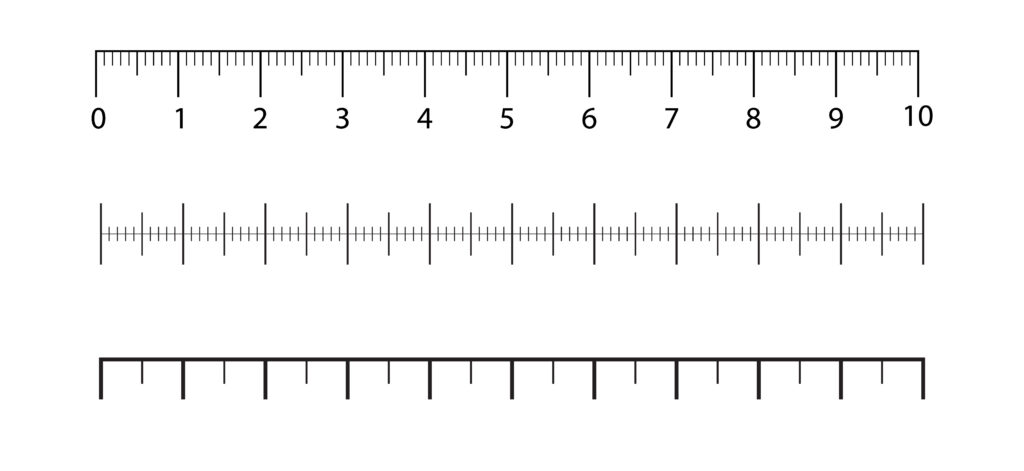Limits and Derivatives: Intuitive Idea of Derivatives
Explore the **slope of a curve** by drawing tangent lines. Understand how the derivative represents the instantaneous steepness at any point.
Help & Instructions
▼- **Click on Curve:** Click anywhere on the red curve to select a point.
- **Observe Tangent:** A blue tangent line will appear, touching the curve at your selected point.
- **Read Slope:** The calculated slope of this tangent line (the derivative) will be displayed.
- **Explore:** Notice how the slope changes as you click on different parts of the curve (e.g., going uphill, downhill, at the peak).
- Visually identify a tangent line to a curve.
- Understand that the slope of the tangent line is the derivative at that point.
- Observe how the derivative changes as the curve's steepness changes.
Explore the Parabola: $y = -x^2 + 5x$
Derivative (Slope of Tangent)
Point Selected: ($x_0$, $y_0$) = (—, —)
Slope of Tangent ($m = y'$): —
The **derivative** of a function at a point gives the **instantaneous rate of change** of the function at that point. Geometrically, this corresponds to the **slope of the tangent line** to the function's graph at that specific point. For the curve $y = f(x)$, the derivative $f'(x)$ tells us how steep the curve is at any $x$ value.
The Mathematics Behind the Visuals
The curve shown is a parabola given by the equation: $$y = f(x) = -x^2 + 5x$$
Its derivative, which gives the slope of the tangent line at any point $x$, is: $$f'(x) = -2x + 5$$
This means if you select a point with x-coordinate $x_0$, the slope of the tangent at that point will be $-2x_0 + 5$.
Derivatives are fundamental in:
- **Physics:** Calculating instantaneous velocity and acceleration.
- **Engineering:** Optimizing designs, analyzing rates of change in systems.
- **Economics:** Determining marginal cost, revenue, and profit.
- **Biology:** Modeling population growth rates.


